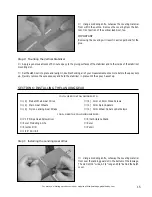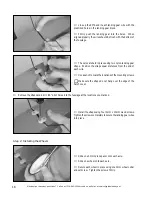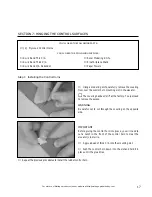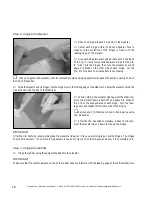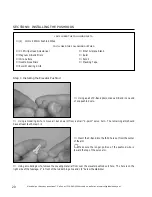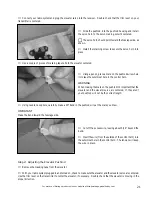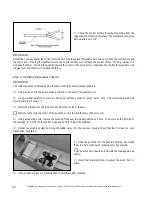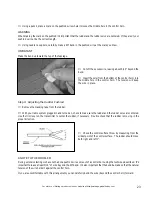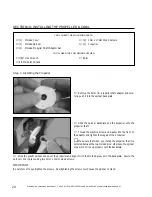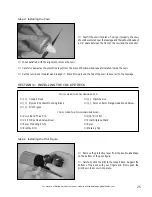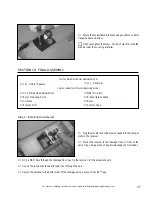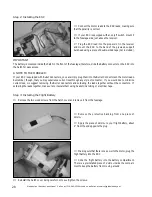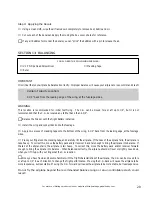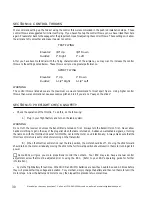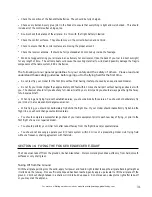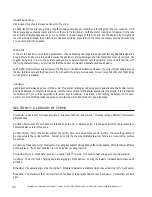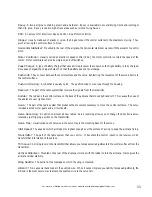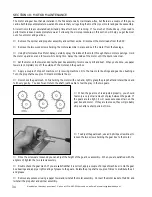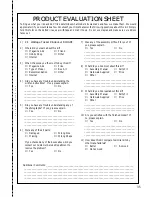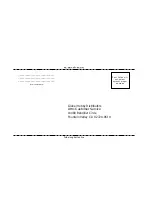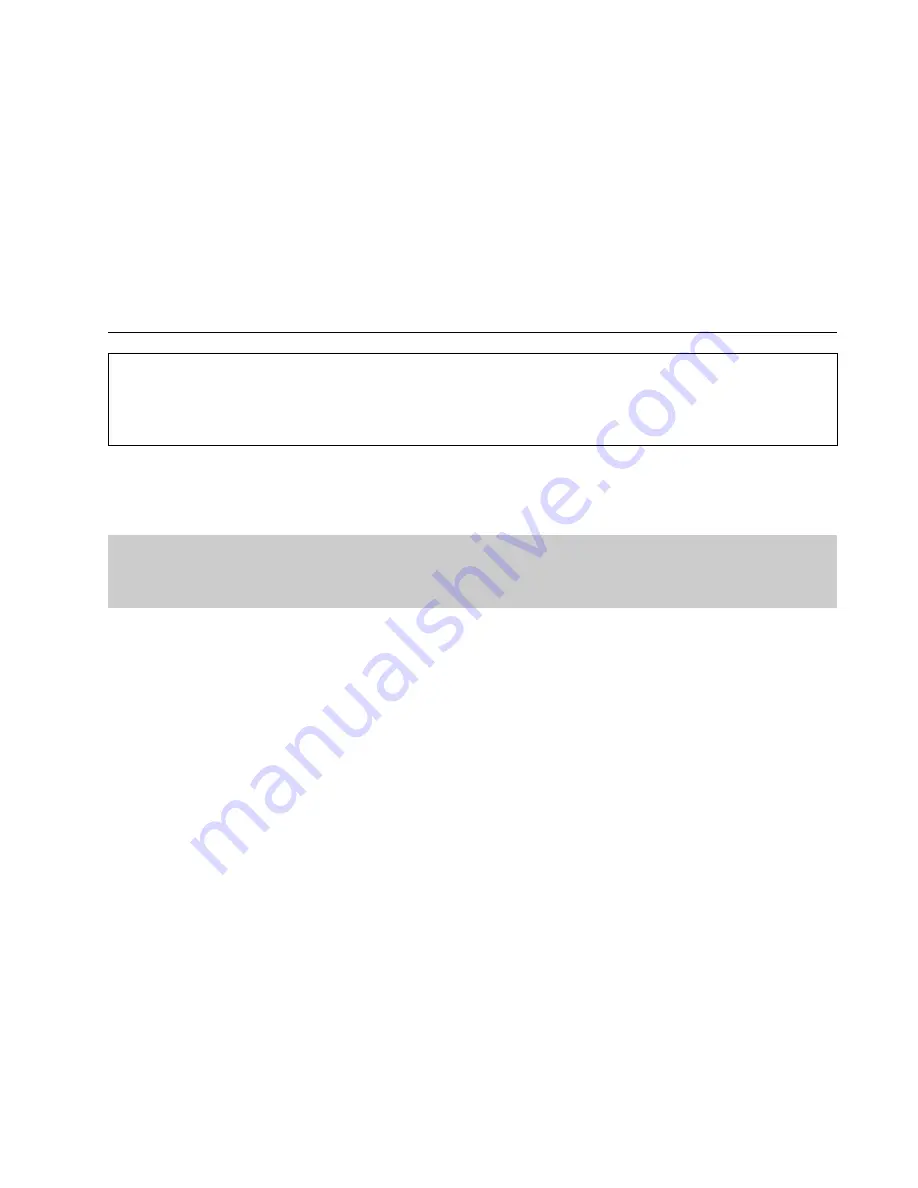
29
For more cool Wattage products visit our website at http://watt-age.globalhobby.com
Step 4: Applying the Decals
❑
Using a clean cloth, wipe the airframe down completely to remove dust, debris and oil.
❑
Cut out each of the decals and apply them using the box cover photos for reference.
☛
If any air bubbles form under the decals you can "prick" the bubbles with a pin to release the air.
❑
# 1 Phillips Head Screwdriver
❑
Ruler
SECTION 13: BALANCING
YOU'LL NEED THE FOLLOWING SUPPLIES:
❑
Masking Tape
IMPORTANT
It is critical that your airplane be balanced correctly. Improper balance will cause your airplane to lose control and crash!
Center of Gravity Location:
2-1/2" back from the leading edge of the wing, at the fuselage sides.
WARNING
This location is recommended for initial test flying. The C.G. can be moved fore or aft up to 1/4", but it is not
recommended that the C.G. be located any farther back than 2-3/4".
☛
Balance the Fokker with the flight battery
installed.
❑
Install the wing and cockpit deck onto the fuselage.
❑
Apply two pieces of masking tape onto the
bottom
of the wing, 2-1/2" back from the leading edge, at the fuselage
sides.
❑
Place your fingers on the masking tape, and carefully lift the airplane. If the nose of the airplane falls, the airplane is
nose heavy. To correct this, move the battery pack and/or receiver back far enough to bring the airplane into balance. If
the tail of the airplane falls, the airplane is tail heavy. To correct this, move the battery pack and/or receiver forward
enough to bring the airplane into balance. When balanced correctly, the airplane should sit level or slightly nose down
when you lift it up with your fingers at the C.G. location.
☛
Once you have flown and become familiar with the flight characteristics of the airplane, the C.G. can be moved fore
or aft up to 1/4" in each direction to change the flight performance. Moving the C.G. back will cause the airplane to be
more responsive, but less stable. Moving the C.G. forward will cause the airplane to be more stable, but less responsive.
Do not fly the airplane beyond the recommended balance range or an uncontrollable crash could
result!

